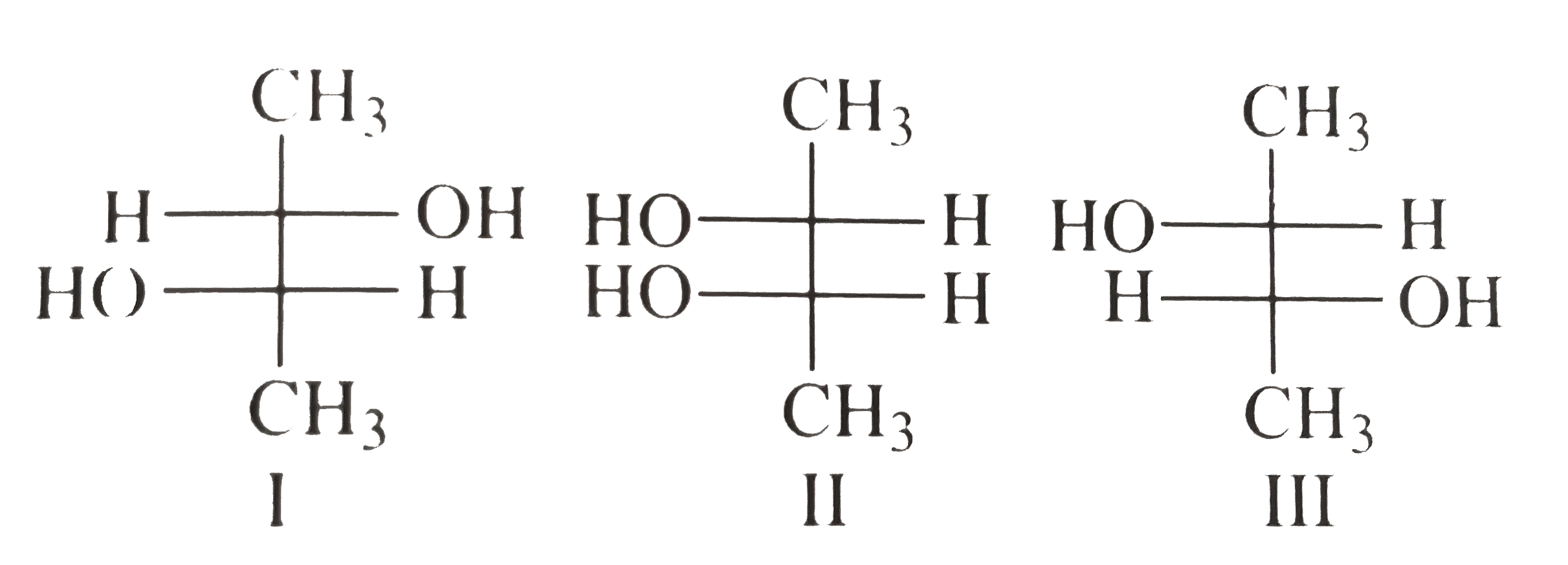Identify the examples of homologous structures from the following-
(i) Vertebrate hearts
(ii) Thorns in Bougainvillea and tendrils of Cucurbita.
(iii) Food storage-organs in sweet potato and potato.
To identify the examples of homologous structures from the given options, we need to understand the definition of homologous structures. Homologous structures are those that have a similar anatomical structure but may serve different functions in different organisms.
Let's analyze each option step by step:
Step 1: Analyze Vertebrate Hearts
- Description: All vertebrates (mammals, birds, reptiles, amphibians, and fish) have hearts with a similar structure, typically consisting of chambers (atria and ventricles).
- Function: While the basic structure is similar, the function of the heart can vary among different vertebrates (e.g., fish have a two-chambered heart, while mammals have a four-chambered heart).
- Conclusion: Vertebrate hearts are homologous structures.
Step 2: Analyze Thorns in Bougainvillea and Tendrils of Cucurbita
- Description: Thorns in Bougainvillea and tendrils in Cucurbita (pumpkin family) both originate from the same type of plant tissue (modified stems).
- Function: However, thorns serve the function of protection, while tendrils assist in climbing.
- Conclusion: Thorns in Bougainvillea and tendrils of Cucurbita are homologous structures.
Step 3: Analyze Food Storage Organs in Sweet Potato and Potato
- Description: Sweet potato is a modified root, while potato is a modified stem (tuber).
- Function: Both serve the function of food storage.
- Conclusion: Since they have different anatomical structures but similar functions, they are not homologous; they are analogous structures.
Final Conclusion
- The homologous structures identified from the options are:
1. Vertebrate hearts
2. Thorns in Bougainvillea and tendrils of Cucurbita
- Description: All vertebrates (mammals, birds, reptiles, amphibians, and fish) have hearts with a similar structure, typically consisting of chambers (atria and ventricles).
- Function: While the basic structure is similar, the function of the heart can vary among different vertebrates (e.g., fish have a two-chambered heart, while mammals have a four-chambered heart).
- Conclusion: Vertebrate hearts are homologous structures.
- Description: Thorns in Bougainvillea and tendrils in Cucurbita (pumpkin family) both originate from the same type of plant tissue (modified stems).
- Function: However, thorns serve the function of protection, while tendrils assist in climbing.
- Conclusion: Thorns in Bougainvillea and tendrils of Cucurbita are homologous structures.
- Description: Sweet potato is a modified root, while potato is a modified stem (tuber).
- Function: Both serve the function of food storage.
- Conclusion: Since they have different anatomical structures but similar functions, they are not homologous; they are analogous structures.
- The homologous structures identified from the options are:
1. Vertebrate hearts
2. Thorns in Bougainvillea and tendrils of Cucurbita
Similar Questions
(a)Different between analogous and hmologos structures
(b) Select and write analogous structures from the lost given below :
(i)wings of butterfly and birds
(ii) vertebrate hearts
(iii) Tendrils of bougain villea and cucurbita
(iv) Tubers of sweet potota and potato.
View SolutionHow many of the following are examples of homologus structures in plant :
(a) Eyes of octapus and mammal
(b) Potato and sweet potato
(c) Forelimbs of whale, bat cheetah and human
(d) Vertebrate heart
(e) Thorn of bougainvillea and tendril of cucurbita
(f) Potato and corrot
(g) Potato and radish
View Solution
Knowledge Check
Identify the aquatic mammal(s) from the following
(i) Balaenoptera
(ii) Equus
(iii) Delphinus
(iv) Pteropus
(v) FelisAa) (i) and (iii)Bb) (ii) and (iv)Cc) (v) onlyDd) (iv) and (v)
Identify the following pairs of Homologous or Analogous organs:
i) Sweet potato and potato
ii) Eye of octopus and eye of mammals
iii) Thorns of Bougainvillea and tendrils of Cucurbits.
iv) Fore limbs of Bat and Whale.
View SolutionIdentify the terrestrial mammals from the following .
(i) Balaenoptera (ii) Elephas
(iii) Delphinus (iv) Panthera
(v) macropus
View SolutionChoose the pairs of organs that are a result of convergent evolution
i. Wings of butterflies and wings of birds.
ii. Flippers of penguins and flippers of dolphins
iii. Eyes of octopus and eyes of mammals.
iv. Thorns of Bougainvillea and tendrils of Cucurbita.
v. Sweet potato and potato.
vi. Vertebrate hearts and vertebrate brains
View SolutionIdentify the examples of convergent evolution from the following :
(i) Flippers of penguins and dolphins
(ii) Eyes of octopus and mammals
(iii) Vertebrate brains
View SolutionIdentify the examples of convergent evolution from the following :
(i) Flippers of penguins and dolphins
(ii) Eyes of octopus and mammals
(iii) Vertebrate brains
View SolutionIdentify the pairs of enantiomers and diastereomers from the following:

View SolutionIdentify the aquatic mammal(s) from the following
(i) Balaenoptera
(ii) Equus
(iii) Delphinus
(iv) Pteropus
(v) Felis
View Solution
